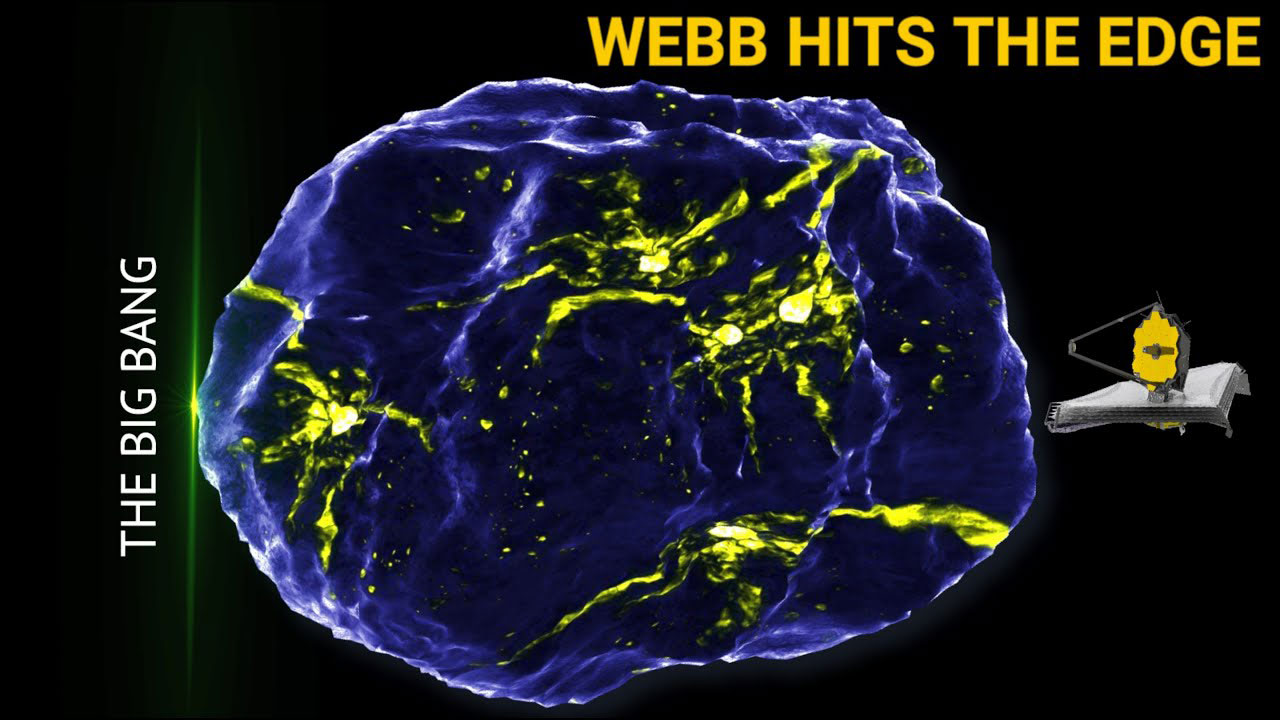. Therefore, while light usually moves in a straight line, its path can be bent and magnified by the influence of gravity. We call this phenomenon gravitational lensing, and massive objects like galaxies and galaxy clusters help bend the path of light from objects behind them. This bending of light works like a lens, magnifying and distorting the image of the background objects. This phenomenon helps astronomers observe faraway things by acting as a natural telescope. It allows us to see distant galaxies and other cosmic objects that would otherwise be too faint or too far away to detect with our current technology. Using this method along with the prowess of the James Webb Space Telescope, we have been able to observe five extremely dense proto-globular clusters at the dawn of time itself, which are dense groups of millions of stars held together by gravity, within the Cosmic Gems arc, a galaxy that formed merely 460 million years after the Big Bang.
“TOTALLY UNEXPECTED” James Webb Telescope May Have Hit the Farthest Point of the Observable Universe





